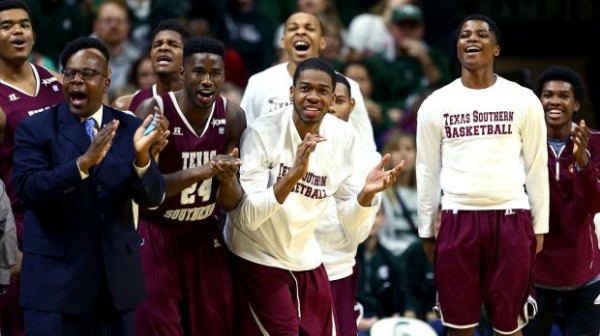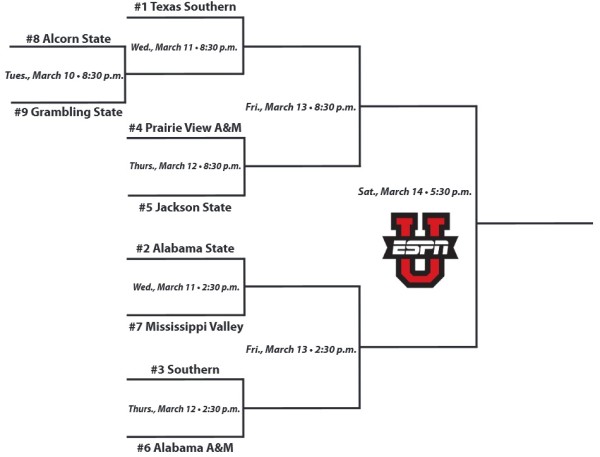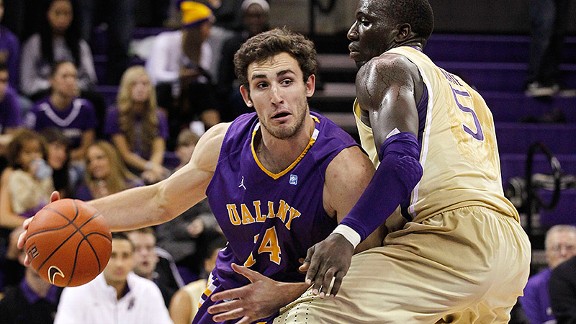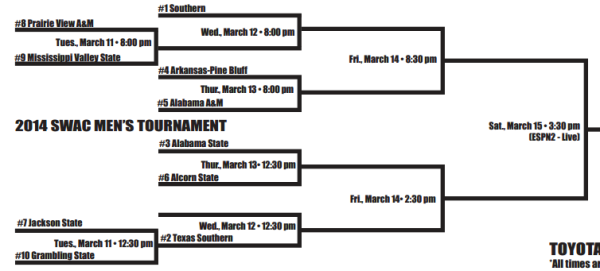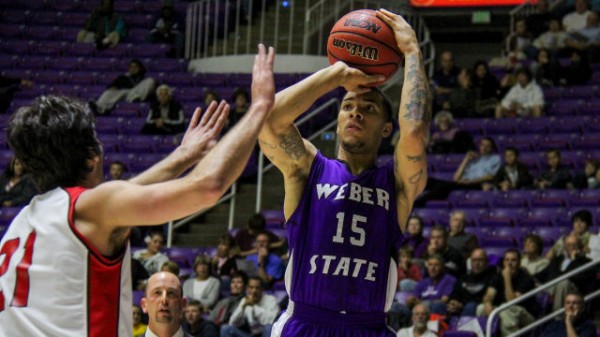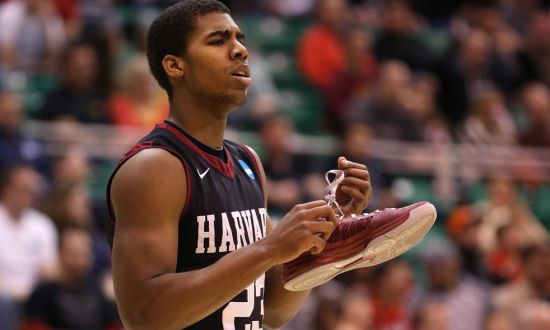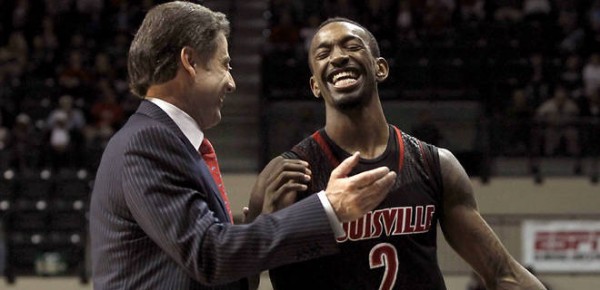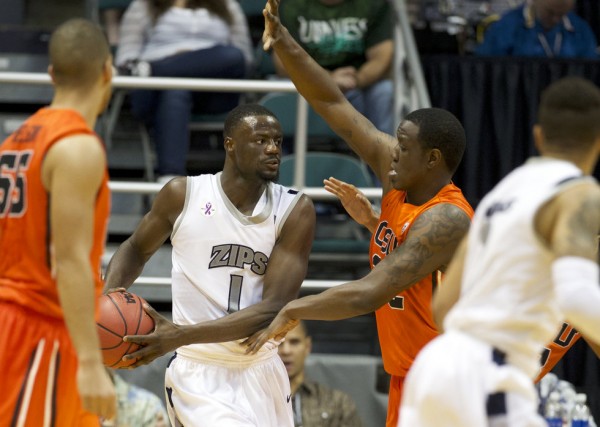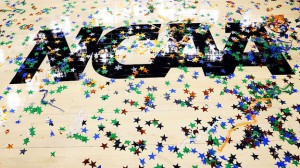Bracket Prep: Texas Southern, Harvard & Wyoming
Posted by Tommy Lemoine on March 16th, 2015Let’s finish off the Bracket Prep series with our reviews of each of the weekend mid-major automatic qualifiers to help you fill out your bracket. Here’s a primer on each of the most recent bid winners. The entire series can be found here.
Texas Southern
- SWAC Champion (22-12, 16-2)
- RPI/Pomeroy/Sagarin = #130/#207/#204
- Adjusted Scoring Margin = -2.1
- NCAA Seed: #15
Strength: You don’t often see SWAC teams with as much talent as Texas Southern, especially in the backcourt. Conference Player of the Year Madarious Gibbs (14.2 PPG, 4.3 APG), Marshall transfer Chris Thomas (12.6 PPG) and former Nebraska guard Deverell Biggs (11.5 PPG) are each capable scorers who can attack the basket and earn trips to the free throw line. Same goes for forward and JuCo transfer Malcolm Riley, who averaged more than 20.0 points and 10.0 rebounds per game in the SWAC Tournament. Only 11 teams in college basketball get to the stripe at a higher rate than the Tigers, which is important, since they don’t shoot the ball particularly well from the perimeter (32.2% 3FG). They feature good balance, with several different players who can create offense, and it showed in the team’s upset victories over Michigan State and Kansas State back in December.
Weakness: Texas Southern lacks size and depth on the interior. Long Beach State transplant Nick Shepard is a good shot-blocker (10.1% Blk rate), but as a unit the Tigers rank 278th nationally in effective height and opponents score 58 percent of all their points from inside the arc. Imposing teams like Gonzaga, Baylor and Florida – similar in size to Arizona, which they face this week – crushed them in the paint during non-conference play. Likewise, Mike Davis’ crew struggles to clean up misses; the Bears ripped down 22 offensive rebounds against the SWAC champs on December 1.
Player to watch: Chris Thomas (12.6 PPG, 5.0 RPG). Thomas is a former five-star recruit who has the size and athleticism to compete against top-notch competition. The junior combined for 37 points in Texas Southern’s victories over the Spartans and Wildcats, the type of high-level, efficient play (57% FG) he will need to duplicate in the NCAA Tournament.
Outlook: Texas Southern has proven its ability to hang with high-major competition, but, unfortunately as a #15 seed, Arizona is far better than the Michigan States and Kansas States of the world. The Tigers should have their moments, and Mike Davis (former Indiana head man) knows what he’s doing in March, but an upset seems unlikely. Still, back-to-back NCAA Tournament appearances is nothing to sneeze at.





























